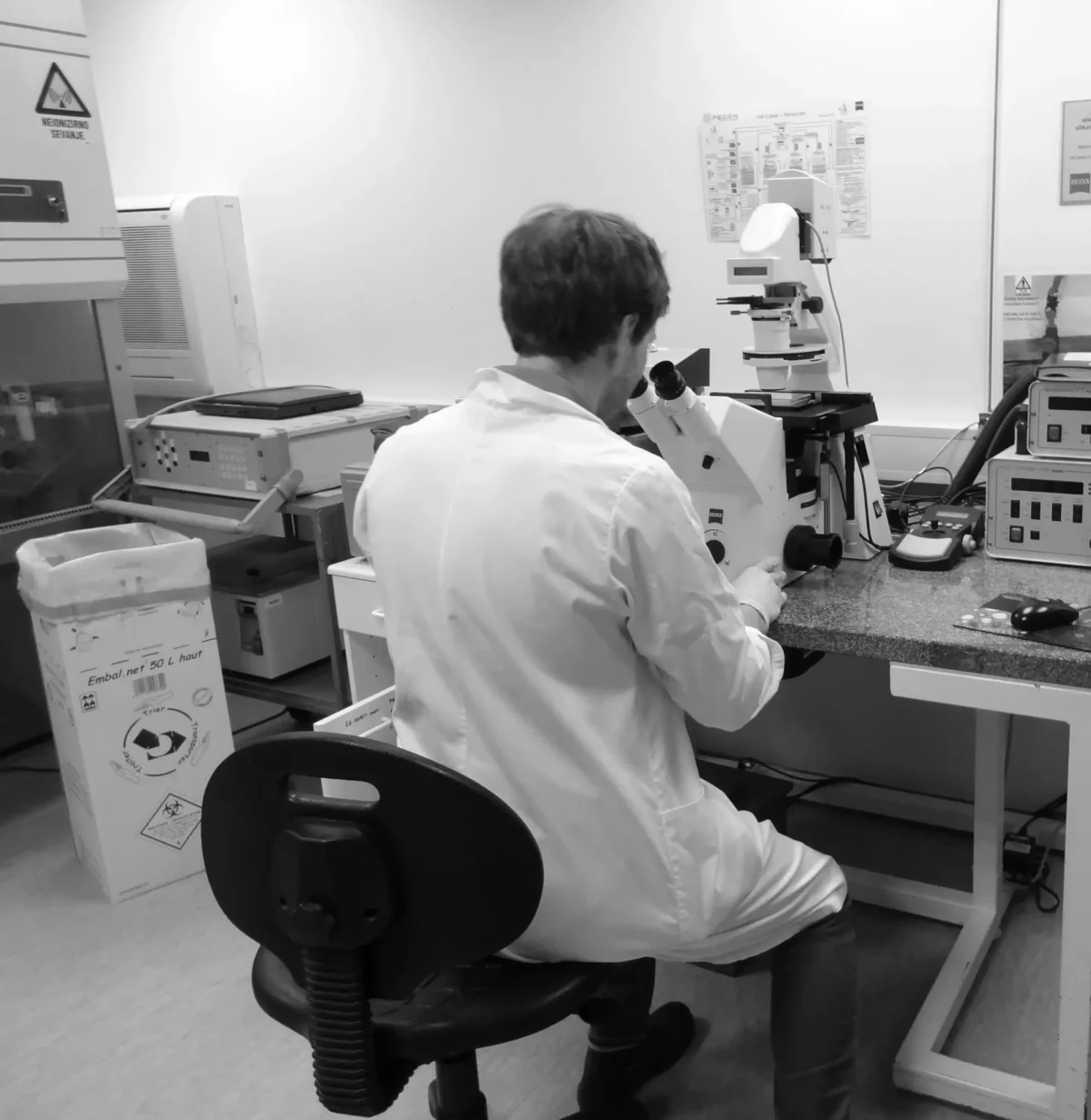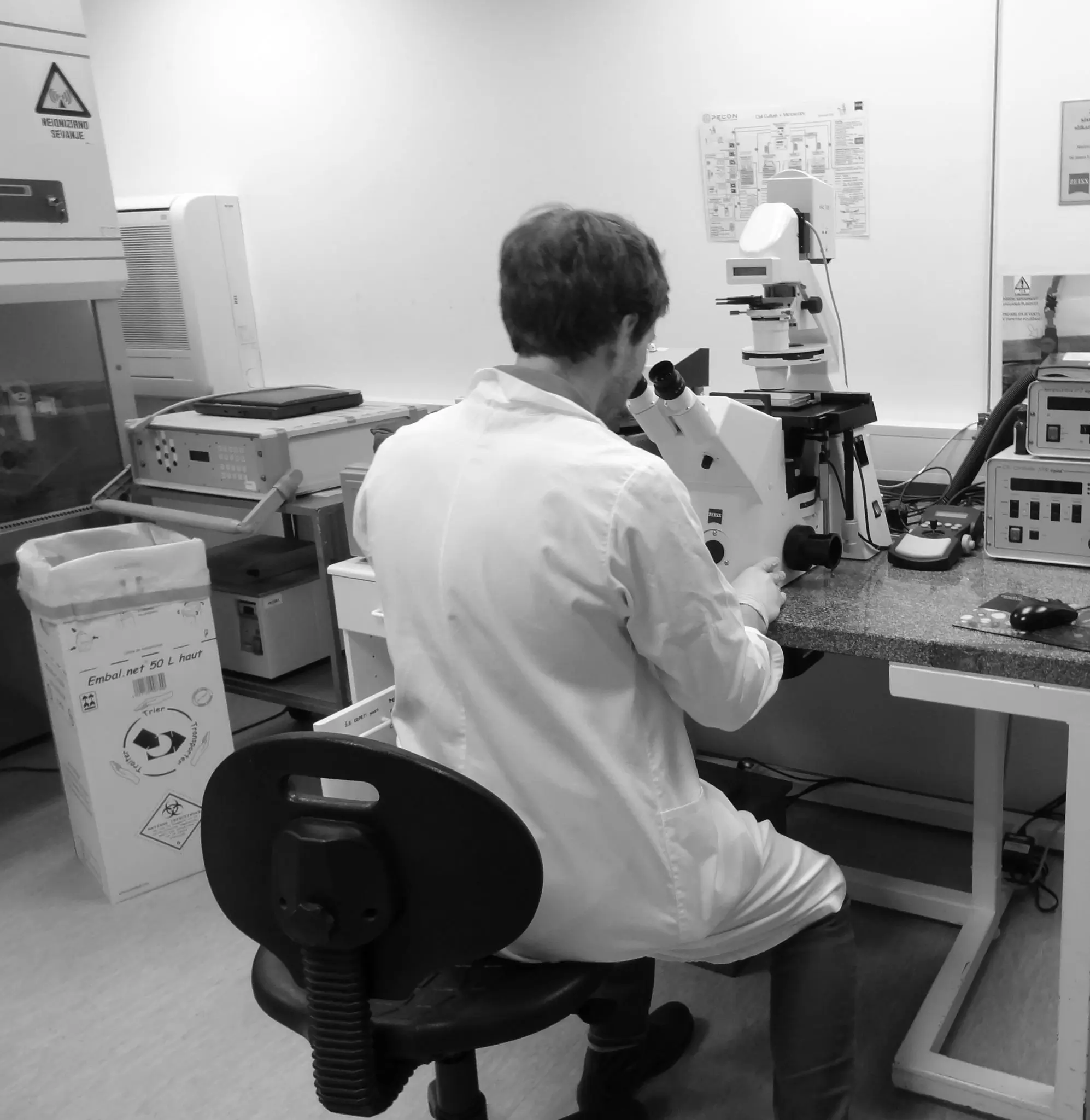Participation in a COST Action to develop new ways to control chemical reactions transformed the career of postdoctoral researcher Luca Argenti. He was part of a COST network that was a ‘virtual institute’ of worldwide experts in his field, leading to an assistant professorship in the USA.
Argenti joined the ‘XUV/X-ray light and fast ions for ultrafast chemistry’ (XLIC) Action from its start in 2013, as a 36-year-old researcher in a team from the Universidad Autónoma de Madrid in Spain.
“The Action was needed to coordinate European scientists to find possible applications for novel light sources and particle accelerators,” he says.
XLIC created a network of experts in ionisation and laser physics from 150 groups in Europe, the USA, Australia and Ukraine. Together, they developed theories, research techniques and computer programs that can help scientists better understand and control how molecules interact with x-ray light waves or with high-energy ions – molecules with an electric charge.
The results were impressive. The network produced 111 scientific publications based on its work, 46 in world-class journals such as Science and Nature. The Action also funded 122 short-term research placements.
COST meetings and this unusually high number of placements helped develop results more quickly, says Argenti. “XLIC made it possible to create a ‘virtual institute’ which could pursue research that is difficult in normal settings.”
Having had experience of an earlier COST network, CUSPFEL, he feels that much of the Action’s success was because of its culture.
“You had a committed, open network of some of the most respected groups and talented people in Europe” he says. “At a conference, you meet other researchers for one hour. In COST, you know that partners will attend the next meeting and follow up on plans. That makes the collaboration much more robust.”
Global exposure
Argenti’s commitment to the Action led to personal success. He took part in many of XLIC’s meetings and two short-term research placements, both with future close collaborators – professors Eva Lindroth in Stockholm and Joachim Burgdörfer in Vienna.
He also organised the second part of the first XLIC training school. “This was a great opportunity to be known by top research contributors and a new generation of future researchers,” he says.
He adds: “COST presented me to the world. I met all the experimentalists and theoreticians with whom I did my most impactful works, landing papers in Science, Nature and Nature Communications.”
The contacts led to a major career step. In 2016, he became an assistant professor in the University of Central Florida, where he is now creating his own research group. “This was thanks to the COST Action,” he says.
In the same year, he received a USD 283 000 grant from the US government’s National Science Foundation for a project based on his work with Lindroth.
Although he is now in the USA, he still has close ties with XLIC colleagues and is hosting a student from Burgdörfer’s group for a few months in 2018.
He would also like to be involved in future COST Actions. “COST takes researchers out of seclusion and gives real meaning to ‘synergy’. It is a good incubator for long-term projects with a high impact,” he concludes.

